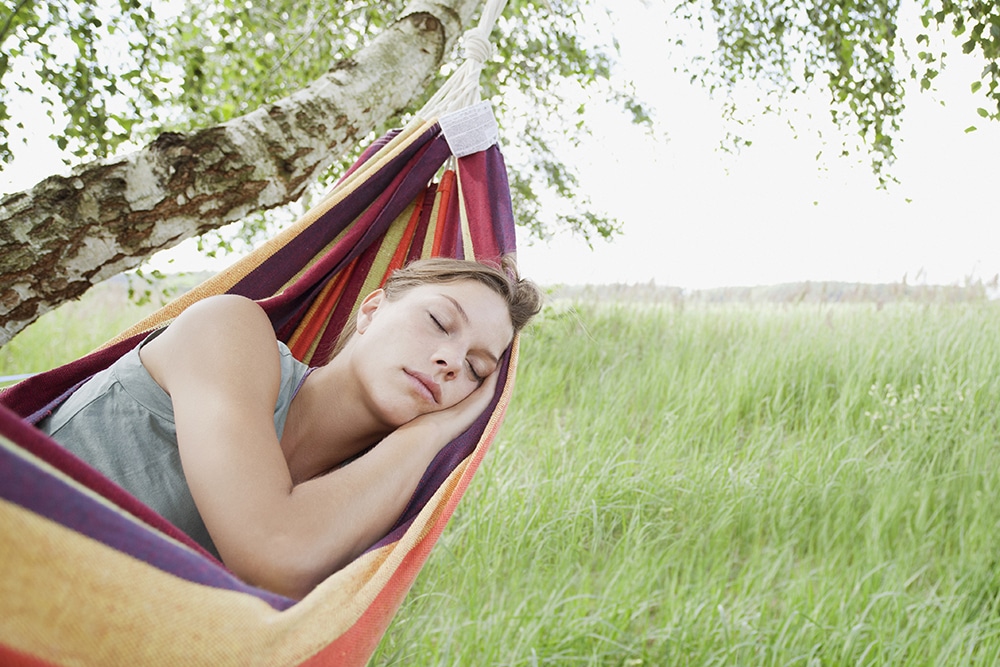Should I cover poison ivy when sleeping?

You did your best and made sure to be as vigilant as possible. But even with that, you brushed against a poison ivy leaf hiding in the tall grass. You only noticed the next day after you got home, so you did your best to wash off the urushiol oil. Unfortunately, the dreaded oil has already seeped into your skin, and the damage has been done. You’ve got a poison ivy rash and are dealing with the pain and itch. Now, it’s time to sleep and you wonder if you should cover the weeping rash when you sleep.
What causes the rash?
Poison ivy is part of a family of plants that contain urushiol, the rash-causing oil found in its leaves, stem, roots, and berries. The oil is inside the plant, so as long as you don’t break it, the oil theoretically shouldn’t be a problem. Unfortunately, the outdoors is not a controlled environment. Strong winds or animals could have already damaged the plant and spread the oils on top of the leaf and surrounding area.
Urushiol oil structure contains haptens, a molecule that bonds to skin protein. The oil itself is harmless, but due to its binding to skin proteins, your immune system goes into crisis mode and attacks it and the cells surrounding it. This response causes itching, rash, and blisters commonly referred to as contact dermatitis.
Cases where you should cover your rash
If you’re worried about the possibility of spreading the rash to other parts of your body or other people, poison ivy rashes themselves are not infectious. However, any spreading of the urushiol oil can cause a rash in other areas of your body.
There are reasons why you might want to cover your rash. The following are some of the most common:
- Infection - If you must be out and about, you might want to cover your rashes, especially if you have popped blisters. Any open wound is susceptible to infections.
- Blisters - When you’re sleeping or working outside, you might accidentally brush into something and pop your already-formed blisters. Popped blisters make the rash heal slower and increase the chances of infection.
- Stains - If your rash is weeping, you might want to cover it up when sleeping if you don’t want your sheets or furniture to be stained. You can effectively remove these fluids from your skin with warm water and soap.
The best way to treat your poison ivy rash
When it comes to skin irritation from poison oak or ivy exposure, keeping the affected area uncovered is the best option. The air helps with recovery, allowing your skin to breathe. Treat your condition like you would other ailments, including resting and avoiding unnecessary exposure outside as much as possible.
Tecnu has a variety of products that help treat poison ivy rashes. Tecnu products such as Rash Relief and Calagel provide itch relief options to make the rash more bearable, allowing you to outdoor more.




